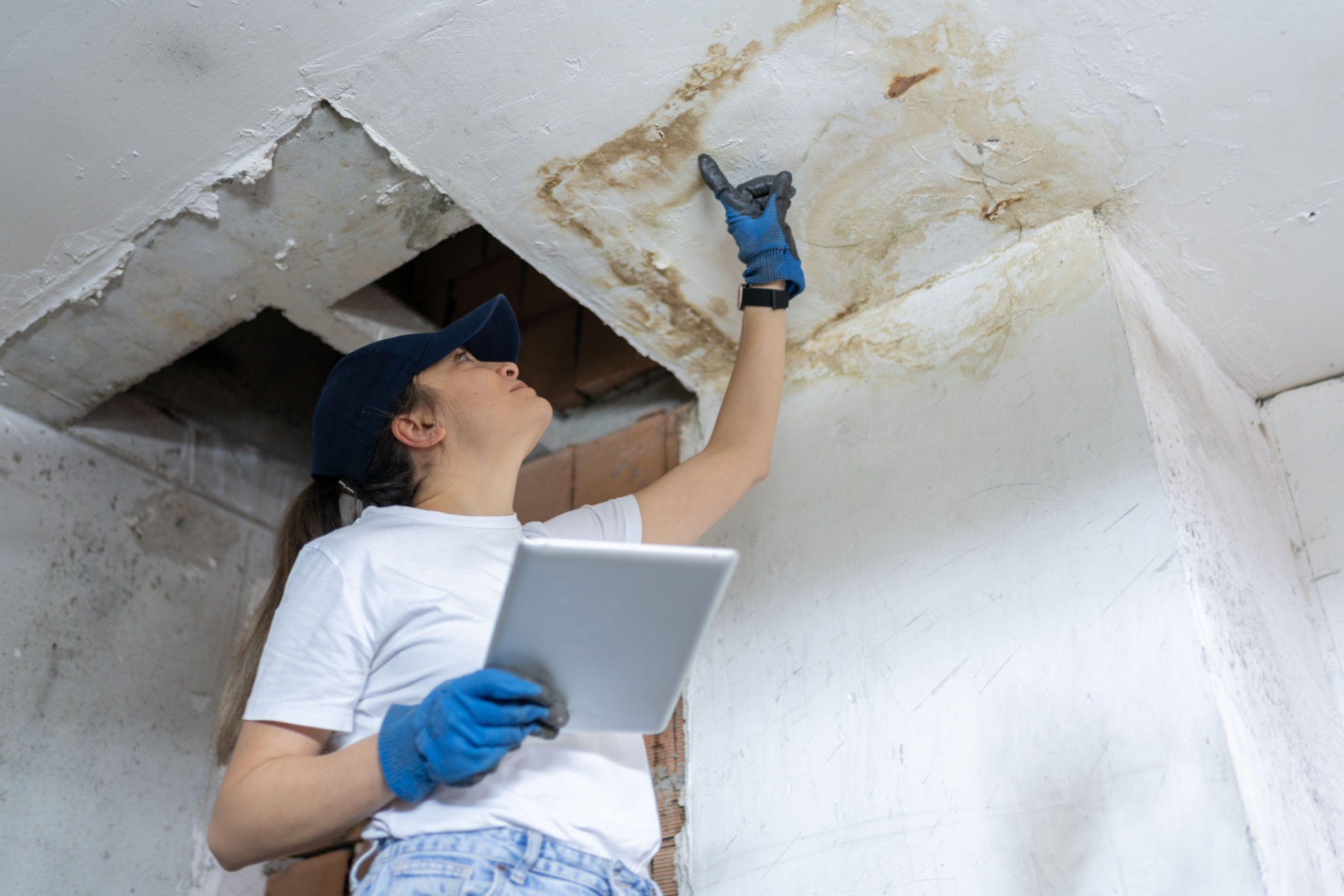Understanding Scaffolding Regulations in South Australia
Introduction to Scaffolding Regulations
Scaffolding is a crucial component in construction and maintenance projects, providing workers with a stable and secure platform for performing tasks at various heights. In South Australia, understanding and adhering to scaffolding regulations is essential for ensuring safety and compliance. These regulations are designed to prevent accidents and injuries, protecting both workers and the general public.

Key Regulatory Bodies
In South Australia, the primary body responsible for overseeing scaffolding safety is SafeWork SA. This organization sets the standards and guidelines that must be followed to ensure safe scaffolding practices. It is important for businesses and individuals involved in scaffolding to stay informed about these regulations and any updates or changes that may occur.
Additionally, the Australian Standards provide a framework for scaffolding practices across the country. These standards outline specific requirements for the design, construction, and maintenance of scaffolding structures, ensuring consistency and safety across various projects.
Licensing and Training Requirements
One of the most critical aspects of scaffolding regulations in South Australia is the requirement for proper licensing and training. Workers involved in erecting, altering, or dismantling scaffolding must hold a valid High Risk Work (HRW) license specific to scaffolding. This license ensures that individuals have received adequate training and are competent to perform these tasks safely.

Training courses for scaffolding licenses cover a range of topics, including hazard identification, risk management, and safe work practices. It is essential for employers to ensure that their workers are not only licensed but also receive ongoing training to keep up with any changes in regulations or industry best practices.
Design and Construction Standards
Scaffolding structures must be designed and constructed in accordance with the Australian Standards to ensure safety and stability. These standards specify requirements for materials, load capacities, and the overall design of scaffolding systems. Compliance with these standards helps prevent structural failures that could lead to accidents or injuries.
- Materials must be durable and suitable for the intended purpose.
- Load capacities should be clearly marked and adhered to.
- Regular inspections must be conducted to ensure ongoing compliance.
Inspection and Maintenance
Regular inspection and maintenance of scaffolding are crucial elements of compliance with South Australian regulations. Before use, scaffolding must be inspected by a competent person to identify any potential hazards or deficiencies. Additionally, periodic inspections should be conducted throughout the duration of the project to ensure continued safety.

If any issues are identified during these inspections, they must be addressed immediately to prevent accidents. Proper maintenance ensures that scaffolding remains in good condition, reducing the risk of structural failures or other safety concerns.
Conclusion
Understanding and adhering to scaffolding regulations in South Australia is essential for ensuring worker safety and compliance with legal requirements. By staying informed about regulatory updates, obtaining the necessary licenses and training, and following design and inspection standards, businesses can create a safer working environment for everyone involved.
For more information on scaffolding regulations and compliance, it is advisable to consult SafeWork SA and familiarize yourself with the relevant Australian Standards. Prioritizing safety not only protects workers but also contributes to the success and reputation of construction projects across South Australia.
